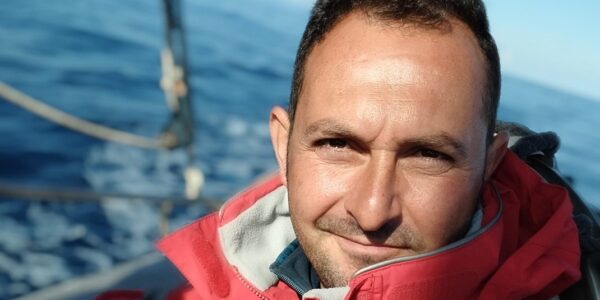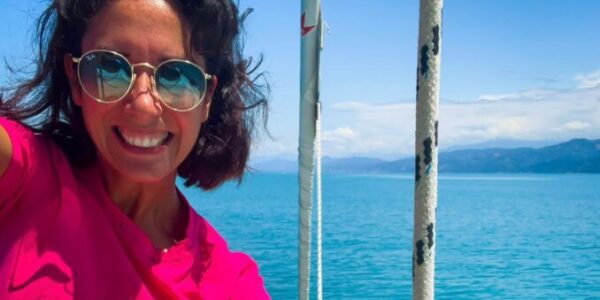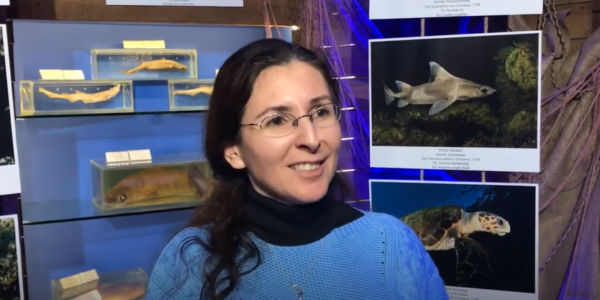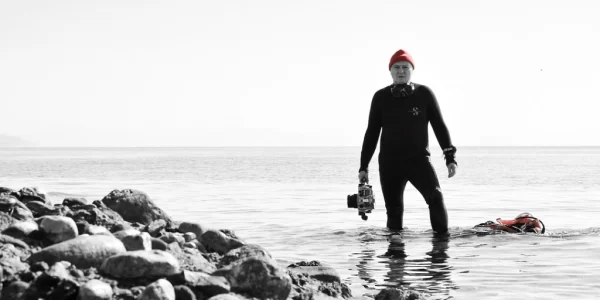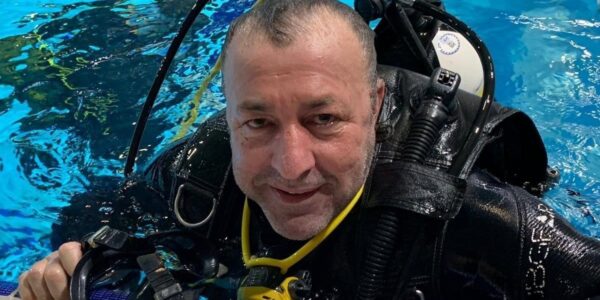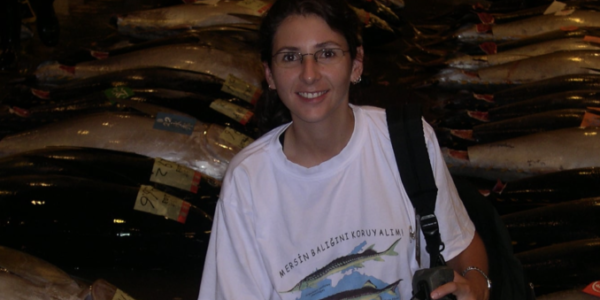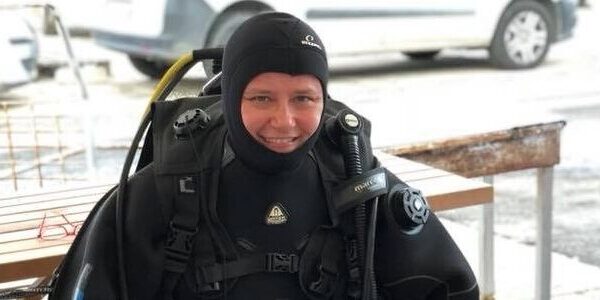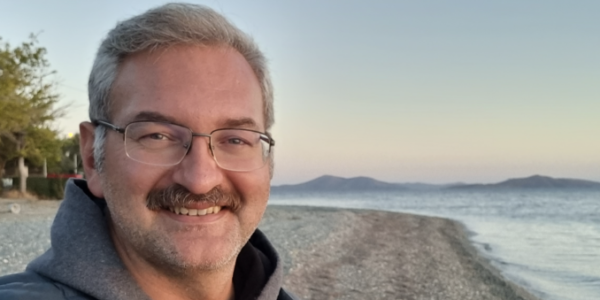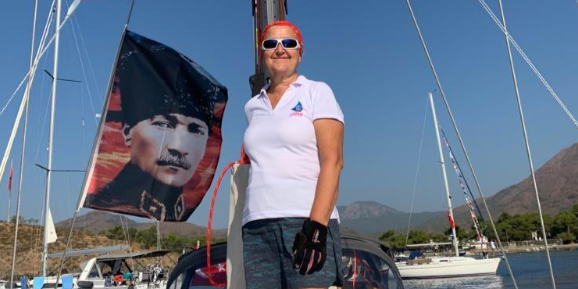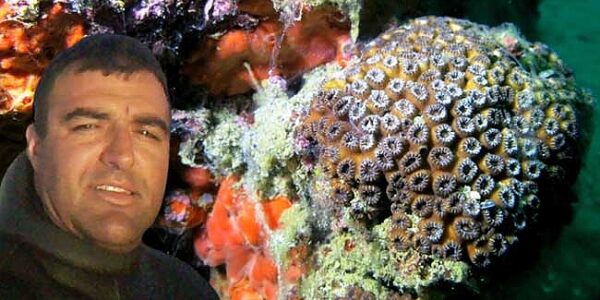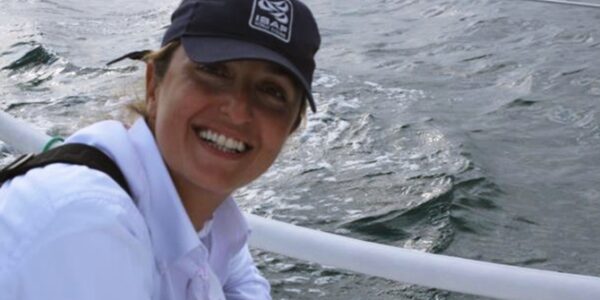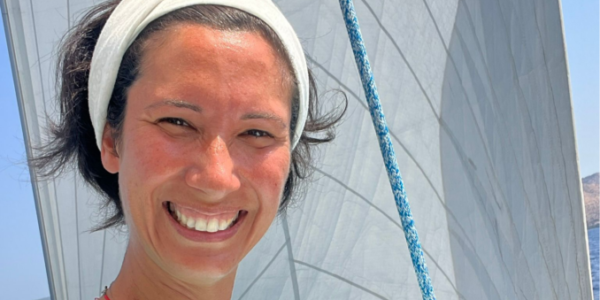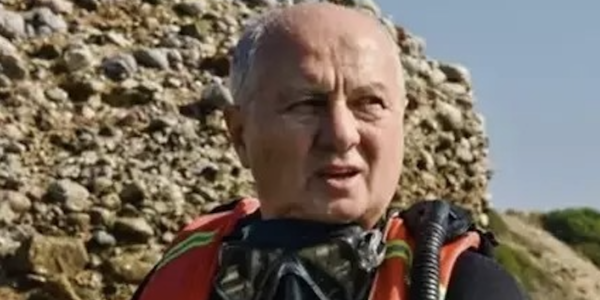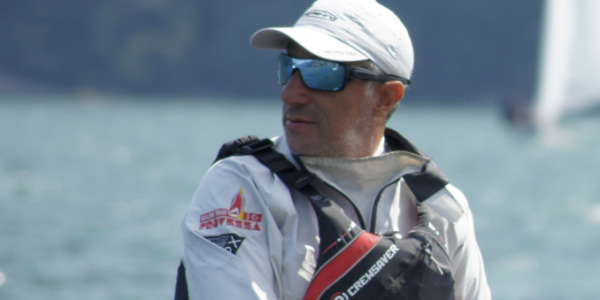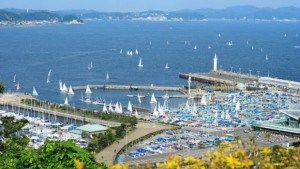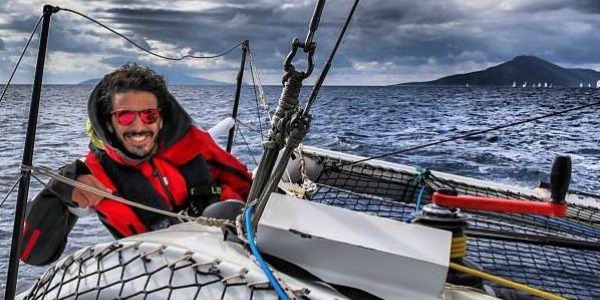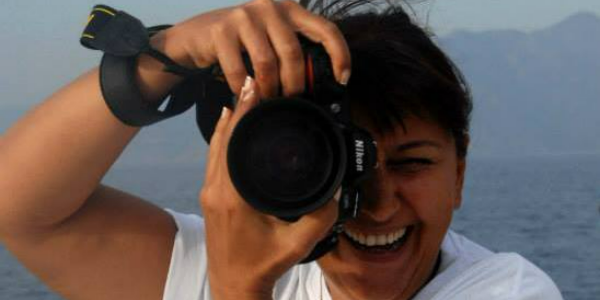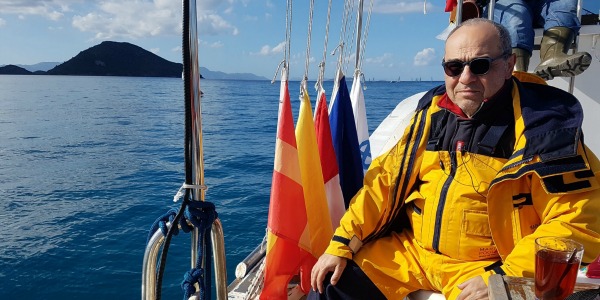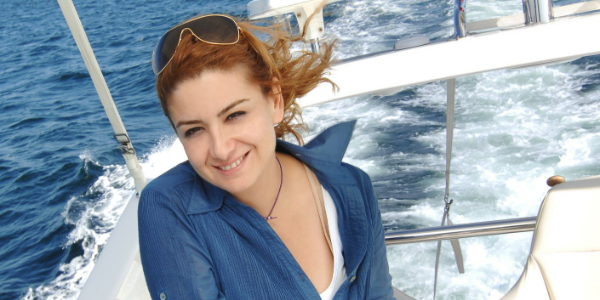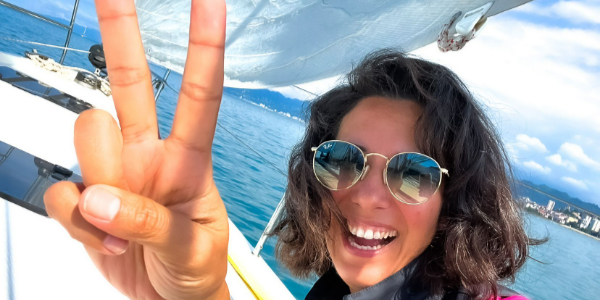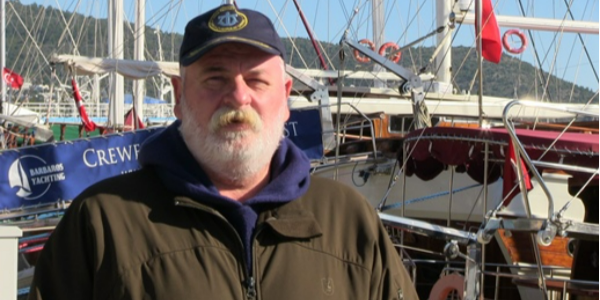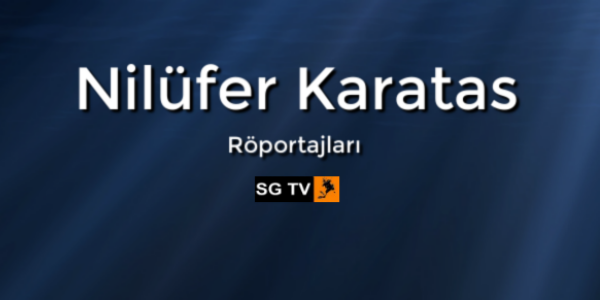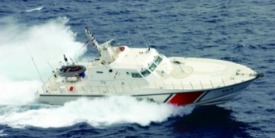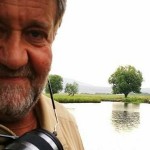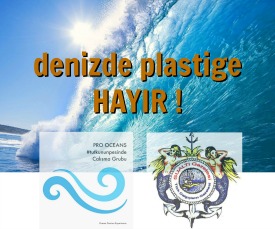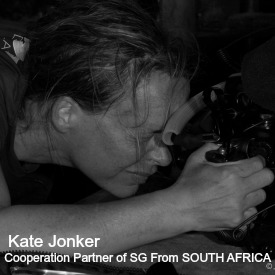by Craig Leweck, Scuttlebutt
It was a remarkable achievement, and not widely known that during the Rio 2016 Olympics, the organizers of the Sailing competition on Guanabara Bay negotiated the closing of Santos Dumont Airport, the second major airport serving Rio de Janeiro, Brazil.
Due to its location along the racing venue, and the directions of its flight corridor, the airport was shuttered during the hours of racing to allow for aerial coverage of the competition. When considering the immense travel load for the Olympics, that closure had to hurt.
Planning for Tokyo 2020 was headed the same direction as Sailing was to be held at Wakasu Olympic Marina in Tokyo Bay, but when it was realized there’d be a conflict for airspace over the race course with Tokyo’s nearby Haneda Airport, the Sailing competition got moved to Enoshima, a small island connected to the city of Fujisawa.
But this has proven to be trading one hurdle for another.
While deemed a touristy location, Enoshima is also a major fishing region, and in Japan, the fisherman aren’t too receptive to sacrificing their livelihood for a sailboat race. Thus far, negotiations are proving difficult, and now a new problem has surfaced.
The organizers of the Tokyo 2020 Olympics have deemed it necessary to cut the number of spectators for the Sailing events by a third so they can be quickly evacuated to higher ground in case of a tsunami. Initially up to 5,000 people were to be permitted but now reduced to 3,300 after discussing evacuation measures with local authorities.
Japan is one of the most seismically active countries in the world. Its Pacific coast, where the Sailing events will take place, is susceptible to powerful tsunamis triggered by earthquakes. A powerful offshore quake could trigger a large tsunami that would reach the shore within minutes.
The decision to cut spectator numbers at Enoshima is not the only adjustment organizers of the 2020 Olympics, which will run from July 24 to August 9, have had to make in view of Japan’s vulnerability to powerful natural forces and extreme weather.
If there’s a silver lining, it is how the Sailing competitors will have some cooling relief on the water from the oppressive heat that is anticipated inland during the Olympics. In July 2018, a record 133 people died from heatstroke or heat exhaustion in Japan, with thousands of others admitted to hospital.
Already, the start time for the men’s and women’s marathons has been moved to 6am – an hour-and-a-half earlier than originally planned – to avoid the health risk to runners and spectators from the high temperatures later in the day. The men’s 50km walk will start two hours earlier, at 5.30am.
With concerns about tsunamis and fishing equipment, who can remember the pollution problems which the sailors endured during Rio 2016 in Guanabara Bay? Ahhh… it’s always something.
Source: sailingscuttlebutt

